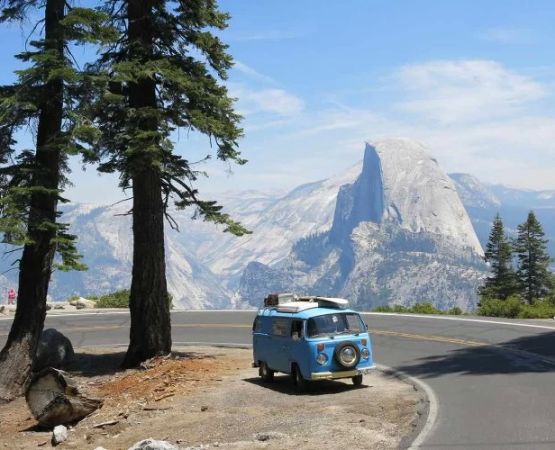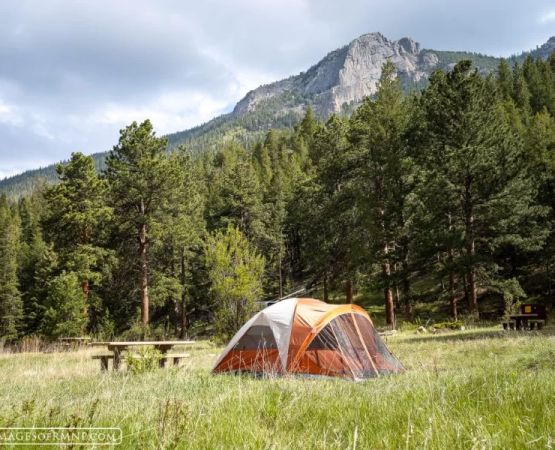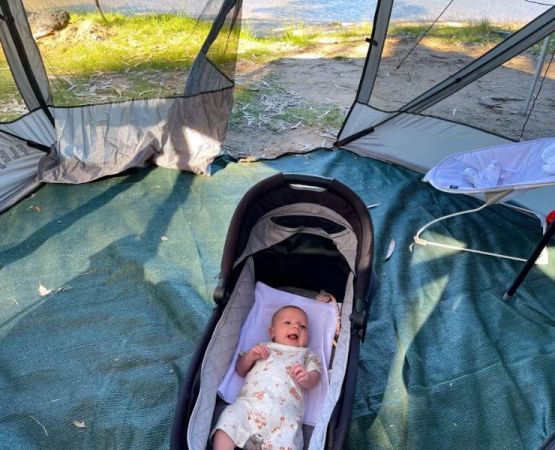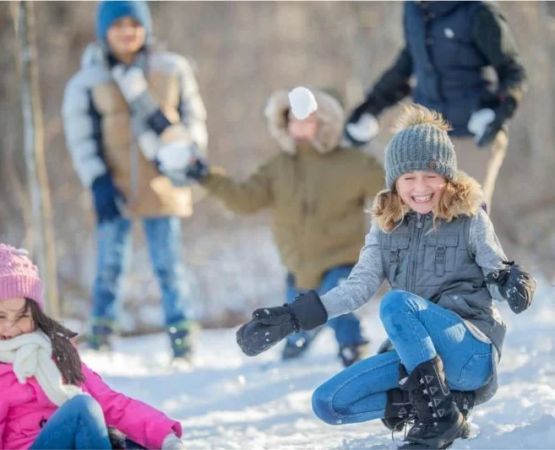- Choosing-the-right-location-for-campfire
- From-tinder-to-kindling-igniting-the-flames
- Structuring-your-campfire-for-success
- Campfire-safety-practices
- Roasting-marshmallows-and-cooking-over-the-fire
- Real-campfire-stories-and-memories
- Making-your-campfire-experience-special
Choosing the Right Location for Campfire
Creating the perfect campfire begins with location. A campfire built in the wrong spot can turn a cozy evening into a safety hazard. Always look for designated fire rings or pits if you’re camping at an established site. These areas are built with safety in mind and are designed to prevent fire spread. If you’re in a more rural setting, choose a spot clear of low-hanging branches, dry grass, or tents. Wind direction is also a factor—building downwind from your sleeping area keeps smoke out of your gear. Many campers who ignored these basics learned the hard way, finding their tents filled with smoke or their fire spreading unexpectedly. At Pine Cliff Resort, for example, camping areas are well-prepared with safe fire zones, making it easier to enjoy your evening without worry.
From Tinder to Kindling: Igniting the Flames
Once you’ve chosen your location, the next step in creating the perfect campfire is mastering the fire’s foundation—tinder and kindling. Tinder refers to small, easily flammable material like dry leaves, pine needles, or even cotton balls dipped in petroleum jelly. This is what catches your first spark. Once tinder is burning, you introduce kindling, which is made up of slightly larger sticks and twigs. Many campers make the mistake of skipping straight to larger logs, which often results in frustration as the fire fails to catch. Think of building a fire like nurturing a relationship; it starts small and needs attention before it grows stronger. A Boy Scout troop once demonstrated how a fire built with patience and proper layering not only lit faster but burned longer, proving that preparation beats rushing every time.
Structuring Your Campfire for Success
After your tinder and kindling are in place, structuring your fire is what keeps it going. There are several classic designs to choose from: the teepee, log cabin, and lean-to structures. The teepee is best for quick, strong flames, while the log cabin structure provides a longer-lasting, steady burn, perfect for cooking. A lean-to fire works well in windy conditions, offering both shelter and direction for airflow. Choosing the right structure depends on your goal—whether you’re roasting marshmallows with kids or cooking a skillet meal for your group. Outdoor enthusiasts often experiment with combinations, and over time, you’ll discover which method works best for your needs. A structured fire not only looks inviting but also saves you from constantly adjusting and relighting.
Campfire Safety Practices
Safety is non-negotiable when creating the perfect campfire. Always keep a bucket of water or a shovel nearby in case flames grow too high. Never leave your fire unattended, no matter how secure it seems. Many U.S. wildfires have been traced back to abandoned campfires, serving as reminders of the responsibility every camper holds. Teach children to respect the fire, keeping a safe distance unless supervised. Extinguishing the fire properly is equally important: pour water over the embers, stir with a stick, and pour more water until there’s no smoke or heat left. A family camping at Pine Cliff Resort shared how a properly doused campfire once saved them from what could have been a windy-night disaster. Vigilance ensures your warm memories don’t turn into regretful stories.
Roasting Marshmallows and Cooking Over the Fire
No campfire is complete without food. Roasting marshmallows is not just about the sweet treat—it’s about the experience. Some people love their marshmallows golden brown, while others prefer them charred and crispy. The perfect technique involves holding the marshmallow just above the flames and slowly rotating it. Beyond marshmallows, a campfire is a versatile cooking tool. From foil packet meals with potatoes and vegetables to cast iron skillets sizzling with bacon, the options are endless. One camper recalled how their perfectly roasted s’mores became the highlight of a rainy weekend trip, turning a gloomy evening into a memory their children still talk about years later. A well-tended campfire creates more than warmth—it creates tradition.
Real Campfire Stories and Memories
Creating the perfect campfire goes beyond technique; it’s about the stories and bonds formed around it. Friends share ghost stories, families sing songs, and couples enjoy quiet conversations under the stars. A group of college students once recalled how their poorly built fire turned into a bonding moment, as they spent hours trying to keep it alive. That same night, laughter replaced frustration, proving that sometimes imperfection makes the best memories. These experiences highlight why campfires remain an essential part of camping culture—they are not just about fire, but about connection. At resorts like Pine Cliff Resort, where outdoor living thrives, campfires often become the centerpiece of group gatherings, weaving unforgettable stories into the night.
Making Your Campfire Experience Special
Finally, creating the perfect campfire is about making the experience your own. Add personal touches like lanterns, campfire music, or even a family recipe cooked over the flames. Some campers like to use fragrant wood, such as apple or cherry, to add subtle aromas to the fire, enhancing the sensory experience. Others bring along campfire games or traditions that make each gathering unique. Whether you’re camping with friends, family, or alone, the campfire can be a centerpiece of joy, comfort, and reflection. With practice, patience, and creativity, your campfires will become more than a survival skill—they’ll become cherished rituals, drawing people together in a way few other things can.







